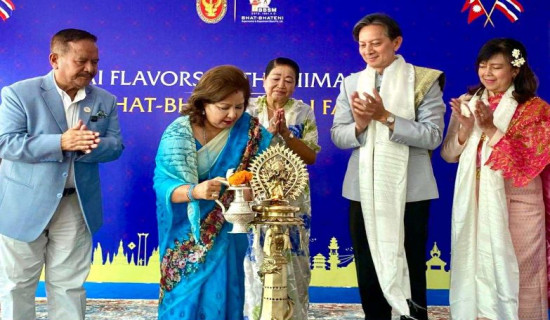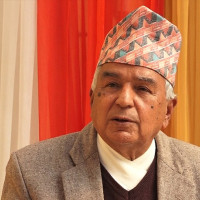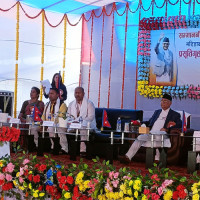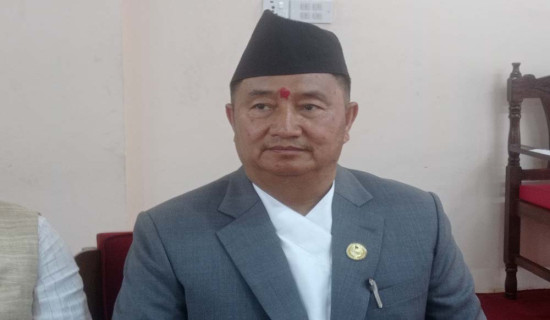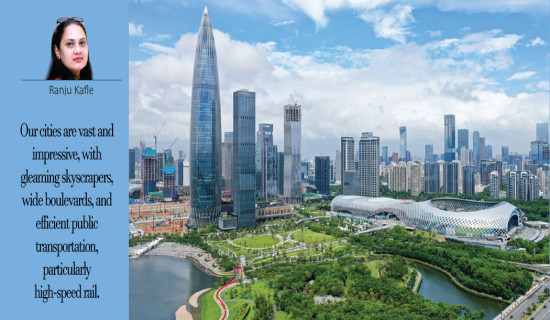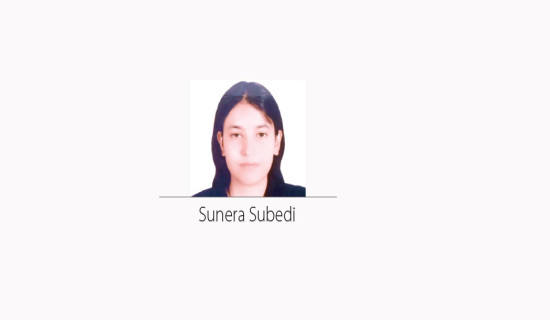- Friday, 25 July 2025
Haliya liberation remains incomplete
By Suresh Dhami,Bajhang, July 24: “It has been 16 years since the government declared the liberation of Haliyas (bonded labourers), yet we are still working as labourers in landlords’ houses,” complained Mohan Nepali, 40, of Thalara Rural Municipality-8.
He said that although he was certified for the Freed Haliya Resettlement Programme and placed in Category A, he has not received any benefits to date and still has to earn a living by working in others’ homes.
Like him, hundreds of Haliyas in Bajhang are still waiting for resettlement.
On September 6, 2008, the government made the historic declaration ending the Haliya system.
Along with that announcement, the government pledged not only to abolish the system but also to waive all Haliya debts and run programmes for housing, education, health and employment as part of resettlement.
However, those plans have not been implemented so far.
In 2013, the government approved procedures and unveiled a package for the resettlement of freed Haliyas.
Under the package, data collection, category identification, ID card distribution, certification, land purchase and even house construction works were initiated across the country.
In Bajhang, 159 families received both land purchase and house construction support under the programme.
A total of 90 houses were built, while land was purchased for 387 families. In addition, 2,086 families had their houses repaired.
A total of 2,713 freed Haliya families benefited from the government package, according to Chakra Bahadur Sarki, Chairman of the National Haliya Federation, Bajhang.
However, most of the activities under that package remain incomplete, and many were stuck at the same place.
A further 217 freed Haliya families were recommended by local levels to receive support, but have still not been included in the government package.
Local levels without law
According to a cabinet decision of May 20, 2019, responsibility for the resettlement of freed Haliyas was assigned to local levels.
Yet 11 of Bajhang’s 12 local levels have so far failed to draft the necessary procedures.
Only Thalara Rural Municipality has prepared procedures, but citing a lack of budget, it has not been able to implement them.
Other local governments have not even shown a willingness to frame the procedures.
According to Mangal Sarki, general secretary of the National Haliya Federation, 2,945 freed Haliyas have been certified in Bajhang district.
Of them, 2,848 families have been included in resettlement, while 40 of these families are from non‑Dalit communities.
Among 12 local levels in the district, the highest number, 485 freed Haliya families, have been included in the government resettlement package in Jayaprithvi Municipality.
A total of 299 Haliya families from Bungal Municipality, 364 from Thalara Municipality, 362 from Khaptadchhanna, 289 from Kedarsyu, 251 from Chhabispathivera, 238 from Durgathali, 201 from Masta, 147 from Surma, 196 from Talkot, 133 from Bitthadchir, and three freed Haliya families from Saipal Rural Municipality have been included in the government resettlement programme.
However, 217 freed Haliya families certified at the local level have still not been included in the resettlement package.
Incomplete package, incomplete justice
According to Sarki, some freed Haliya families have received land as squatters, but without sufficient employment, education and basic services, resettlement is becoming ineffective.
“The government package is incomplete, insufficient and inadequate,” he said. “That is why some resettled families are forced to migrate to India in search of work.” Many children of former Haliya still lack access to education.
Long distance to schools, inability to pay extra fees and malnutrition have seriously affected their education.
The situation of health and employment is equally challenging. Victims complain that in many villages, the absence of skill-oriented training, health services and financial assistance has made life difficult.
In villages including Talkot, Masta, Jayaprithvi, Chhabispathivera, Thalara, Kedarsyu, Bungal and Durgathali in Bajhang, the Haliya problem remains more challenging.
It is estimated that more than 1,200 Haliya families live in these areas.
Their condition makes it clear that the declaration of Haliya liberation has still not been executed.
Government announcements made in the name of resettlement have become “incomplete justice” for former Haliyas.
No laws were framed, plans were not implemented, and Haliyas' lives are again trapped in the old cycle of bonded labour.
Even today, the compulsion of Haliyas to go on working as Haliyas mocks the declaration made 16 years ago.



copy-original-thumb.jpg)

copy-square-thumb.jpg)
